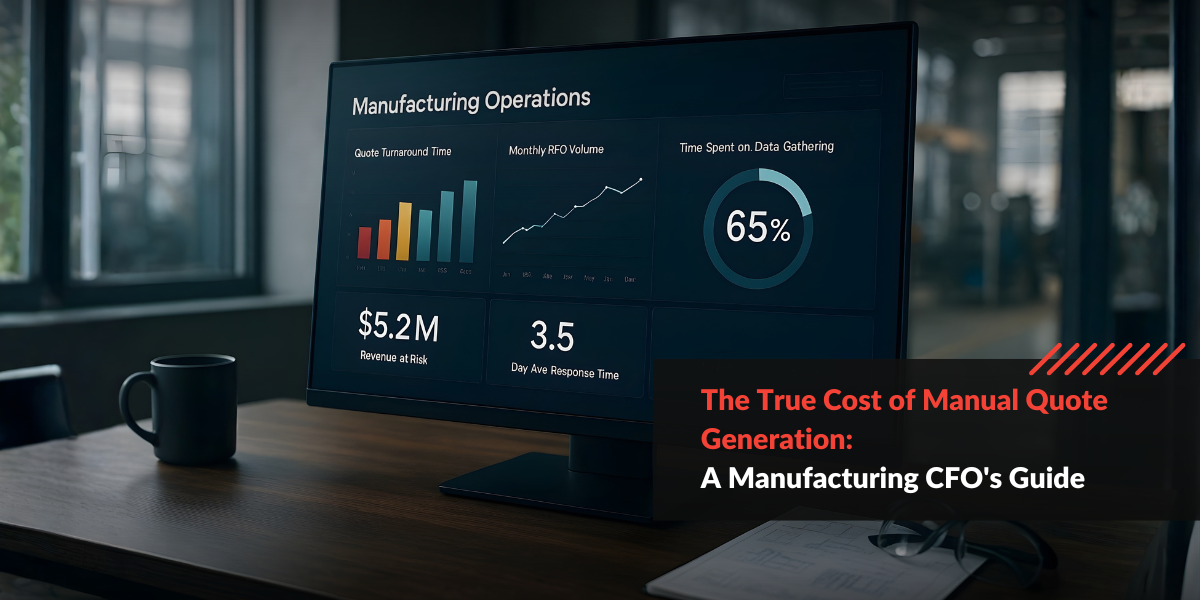While you might be tempted to leverage automation tempted by the hype surrounding it., remember to not act on it impulsively. According to research, nearly 30%-50% of automation endeavors fail due to failure in recognizing proper use cases and ROI of the implemented solution.
Beginning with the low-hanging fruit will enable you to realize automation use cases and benefits easily and swiftly. First, get a head-start by automating the gain areas and then confidently tackle the pain areas.
Here are a few steps your company can follow to generate automation use cases:
- Gather Information from the Right Departments
In order to be successful and provide value, every use case for IPA must align with organizational goals and objectives. This information is not going to be available from a single role – you need to set up a cross-disciplinary meeting with members such as CEO, CIO’s, CFO’s, Business Heads, and the person(s) in charge of operations for the process.
2. Mainstream the Concept of IPA
Providing some education on how IPA, or its integral components like AI, ML and RPA operate will help various roles support you in the task of identifying a use case and help increase buy-ins.
3. Conduct Detailed Research
Collect information about past projects, challenges, outcomes, and lessons learned. Learn about current organizational goals and the challenges to achieve these goals. Explore the company’s architecture preferences – on-premise, cloud, or a combination of both. Consider any policy restrictions on providers for cloud or on-premise Understand the types of data that are available and where they get generated.
4. List Processes That are Good Candidates
IPA technology is ideal for automating data-intensive tasks, especially those with tremendous volumes of unstructured data. They are also useful for automating data entry tasks, repetitive tasks, document processing, customer service, extracting structured data from unstructured content, etc. Just list them.
5. Evaluate Feasibility
Evaluate the feasibility of the use case based on questions like:
“Is the necessary data being captured?”
“What are the potential common pitfalls on the project?”
“What level of improvement is expected in this scenario?”
The more in-depth your experience with AI/ML projects, the easier it is to identify the right questions to gauge feasibility. You can also consult a team who has worked on a similar project for better insights.
6. Focus on Priorities
Ask critical questions that consider how the automation adoption ties into achieving bigger company goals and providing business value. This could range from reducing cost, improving accuracy and turnaround time to capacity and scalability, which ultimately impact revenue and profitability. Eliminate ideas that do not meet the goals.
Once you have done this, compare the remaining use cases based on data availability, business impact, potential risks, and implementation time. You can even do this on an Excel sheet with a column for each of these criteria. This leaves you with a clear picture of the use cases that support business goals and priorities while being feasible.
7. Judgment Time
It’s time to make a decision – pick which use cases to go ahead with and create a tentative project plan for each one. Share the information with your team for them to decide on the optimal project. Roll up your sleeves and get started with the implementation of a pilot.
These steps will help you identify use cases to convert your business’s outdated legacy processes using intelligent automation.
If you want to learn more about the power of this disruptive technology, take a look at Tackle the Post-Pandemic Business ‘New Normal’ with the Power of Intelligent Automation. Alternatively, you could also explore How Intelligent Automation Enables Humans to Focus on Higher Value Tasks.
If you’re interested in exploring Intelligent Automation to enhance your customer services and customer experience, Rapid Acceleration Partners would be glad to help. Our next-gen, AI-powered content intelligence platform RAPFlow enables full lifecycle AI orchestration on a single platform. When used in tandem with our RPA tool RAPBot, it provides end-to-end workflow automation capabilities that can be deployed in just weeks. You can even build your own use case and the platform can easily integrate with your existing systems. Book a demo to get a more detailed understanding of how our products can transform your business.
#Hyperautomation #IntelligentProcessAutomation #IPA #Usecases #Automation #RPA #AI #RAP #RAPFlow #RAPBot #AI #ML




